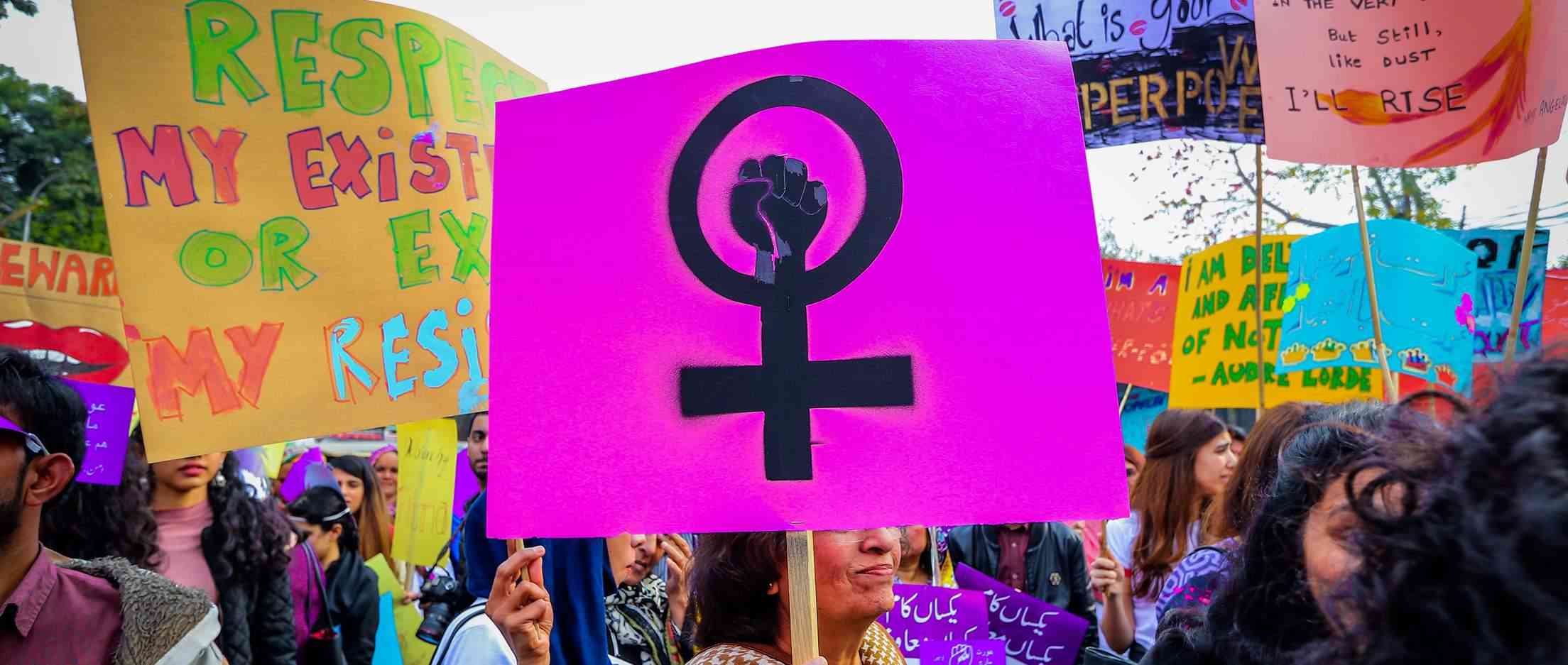
NO to third term!
Zimbabwe’s political landscape has long been dominated by fear and violence.
For decades, the ruling Zanu PF party has maintained a tight grip on power by instilling fear in the people through a well-documented history of brutality.
Comparable to the reign of the Zulu Kingdom under Shaka, where the threat of death was used to consolidate control, Zanu PF’s strategy has consistently involved violence, intimidation and coercion to suppress dissent and maintain authority.
As a result, many Zimbabweans have been conditioned into submission, believing that challenging the regime inevitably leads to suffering or death.
However, in 2016, Evan Mawarire, a pastor from Harare, introduced a form of resistance that defied this cycle of violence.
His strategy was simple: do nothing.
Through the #ThisFlag movement, he called for a “stayaway” protest, where citizens simply stayed at home, refusing to go to work or engage in public activities.
- Mbavara eyes to resurrect Matavire’s music legacy
- Zim exiles panic over SA permits
- Corruption Watch: Get scared, 2023 is coming
- Zim exiles panic over SA permits
Keep Reading
It was a powerful demonstration of passive resistance and it caught the government off guard.
Remarkably, this peaceful protest resulted in no deaths, no shootings and no violent clashes, a stark contrast to the brutal crackdowns that had characterised past demonstrations.
This article explores how Mawarire’s strategy of non-violent protest offers a path for Zimbabweans to break free from the chains of fear and challenge a regime that thrives on violence.
Zanu PF’s history is steeped in the use of violence as a political tool.
From the Gukurahundi massacres of the 1980s, which saw thousands of civilians in Matabeleland and Midlands regions killed, to the brutal repression of opposition supporters during election periods, the party has consistently relied on terror to maintain its dominance.
The threat of violence — whether explicit or implicit — has been a key tactic in silencing dissent and discouraging public participation in protests or political movements.
In this environment, many Zimbabweans have grown accustomed to suffering in silence, believing that resistance is futile and only leads to bloodshed.
Parallels between Zanu PF and the Zulu Kingdom under Shaka Zulu are clear.
Shaka ruled through fear, employing a fearsome army to enforce his will and crush opposition.
His reign was characterised by constant warfare, where disobedience was met with swift and lethal consequences.
Similarly, Zanu PF’s rule has been marked by a readiness to unleash violence on those who dare to challenge its authority.
The party’s survival strategy hinges on perpetuating a culture of fear, where people are conditioned to expect death or suffering if they stand up against the regime.
In the face of such a formidable system of repression, Mawarire’s #ThisFlag movement was revolutionary.
Instead of calling for marches, rallies, or confrontation with the police, Mawarire proposed something radically different: inaction.
By simply staying at home, Zimbabweans could register their protest without exposing themselves to the usual risk of State-sponsored violence.
This approach took away government’s ability to use force as a deterrent because there was no visible crowd to disperse, no gathering to break up, and no leaders to arrest at the scene.
The beauty of Mawarire’s strategy lay in its simplicity and effectiveness.
The stayaway protest did not require elaborate planning or resources.
It was accessible to everyone, regardless of age, location or physical ability.
All that was needed was a collective decision to disengage from the normal activities of daily life.
By staying at home, Zimbabweans sent a powerful message: the people have the power to cripple the country’s economy and paralyse normal life without resorting to violence.
This strategy caught the Zanu PF government off guard.
Used to quelling protests with batons, bullets and tear gas, the authorities found themselves powerless in the face of an invisible protest.
There was no one to arrest, no crowds to intimidate, and no obvious targets for their usual tactics of repression.
For once, Zimbabweans voiced their discontent without fear of violent reprisals.
Mawarire’s approach did more than just avoid violence, it challenged the psychological grip that Zanu PF has had over Zimbabweans for decades.
By showing that it is possible to resist without suffering or dying, the #ThisFlag movement began to chip away at the fear that has kept so many Zimbabweans silent and compliant.
The protest was a reminder that Zanu PF’s power lies in its ability to make people afraid and that this fear is the foundation of its control.
When fear is removed, the party’s ability to maintain its stranglehold weakens.
The success of the stayaway protest demonstrated that Zanu PF’s control is not as absolute as it appears.
It revealed that the regime’s power is, in many ways, an illusion sustained by the belief that it cannot be challenged without violence and suffering.
Mawarire’s strategy offered a way to shatter this illusion, showing that non-violent resistance can be just as powerful, if not better than the force the government relies on.
In the years since the #ThisFlag movement, Zimbabwe’s political and economic situation has deteriorated.
The government continues to use violence to crush opposition, and many Zimbabweans still live in fear of retribution if they speak out.
Yet, Mawarire’s strategy remains as relevant as ever.
The lessons from the 2016 protest should not be forgotten; they offer a blueprint for how Zimbabweans can reclaim their agency and push for change without resorting to violence.
Mawarire’s protest worked because it involved collective action.
The power of the stayaway protest lay in the fact that it was widely supported, demonstrating that when people come together, they can make a significant impact.
Moving forward, Zimbabweans need to rekindle this sense of solidarity.
Collective non-violent resistance requires unity and co-ordination, where people recognise that their strength lies in acting together.
Non-violent protests need to be sustained over time to build momentum and exert continuous pressure on the government.
Single events, while impactful, can be easily dismissed or suppressed.
However, a sustained campaign of stayaways, boycotts and civil disobedience can gradually weaken the government’s position and create openings for meaningful dialogue and reform.
One of the strengths of Mawarire’s strategy was its decentralised nature.
Because the protest did not rely on large public gatherings, it was difficult for the government to target specific leaders or organisers.
This decentralisation made the movement more resilient and harder to suppress.
Future non-violent protests should adopt a similar approach, ensuring that there is no single point of failure and that the movement can continue even if some activists are arrested or silenced.
The greatest challenge in organising non-violent resistance is overcoming the fear that has been ingrained in Zimbabwean society.
People need to be reminded that they hold the power and that Zanu PF’s control is largely dependent on fear.
By gradually engaging in small acts of resistance, such as participating in stayaways or boycotting government-endorsed events, Zimbabweans can unchain themselves from their ruthless government.
Evan Mawarire’s stayaway protest was a landmark moment in Zimbabwe’s history.
It showed that non-violent resistance could be a powerful tool for challenging a regime that thrives on fear and violence.
Zanu PF, like the Zulu kingdom under Shaka, has relied on the threat of death to keep its citizens subdued.
However, Mawarire’s strategy demonstrated that this fear can be overcome through unity, collective action and non-violent resistance.
As Zimbabwe continues to face political repression and economic hardship, it is time for citizens to rediscover the power of Mawarire’s approach.
The chains of fear that have kept Zimbabweans in a state of helplessness can be broken, but it requires a willingness to embrace new forms of resistance forms that do not involve bloodshed or confrontation, but rather the simple, yet powerful, act of doing nothing.
By staying at home, Zimbabweans can send a clear message to the regime that people hold the power and they are no longer afraid.











